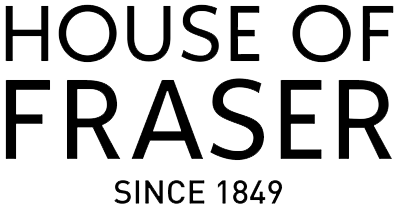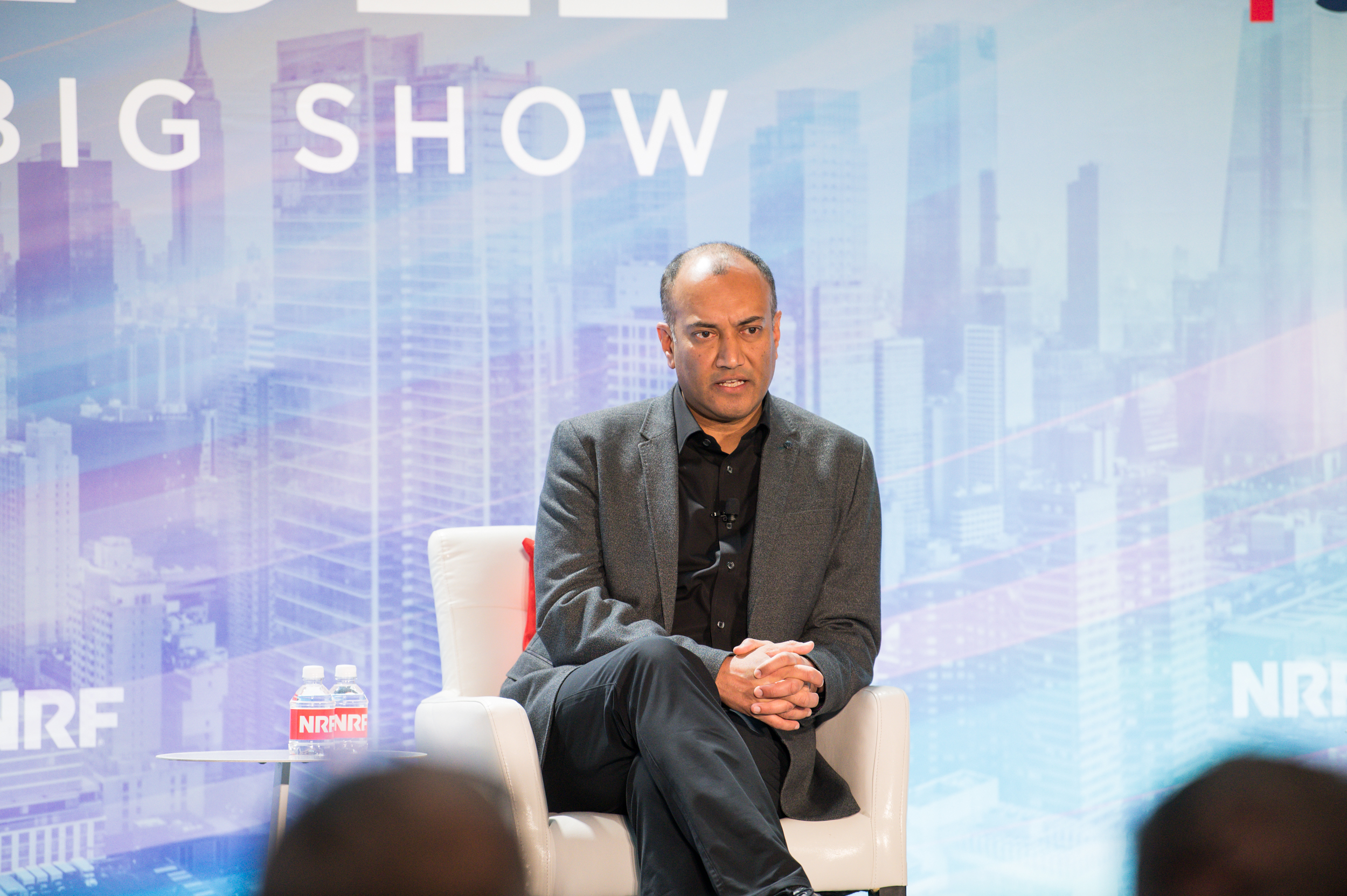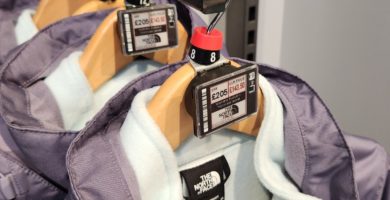Long before it even began trading online, lingerie, clothing and beauty brand, Victoria’s Secret, was pioneering a direct selling model via its catalogue offering.
Speaking at the National Retail Federation’s recent Big Show in New York, Chief Operating Officer at Victoria’s Secret, Ishan Patel, reflected on the brand’s digital transformation, with the retailer now selling into more than 60 countries. Patel neatly summed up the complexity of optimising a successful Direct To Consumer (DTC) strategy, calling it an infinite game with no end point, and offered key insights to those retailers and brands looking to recreate its success.
“You’re constantly striving to understand where the market is going to be, what the consumer mind-set is going to be, what’s happening with the competition and what are the adjustments that we need to make,” he said.
Victoria’s Secret’s path to new locales
Patel reflected that while its catalogue heritage had created brand resonance overseas, with Victoria’s Secret shipping via mail order to more than 200 counties before they were selling online, this early foray into cross-border DTC was in sharp contrast to the highly localised digital service it offers its international customer – before, it only offered payment in US dollars with no foreign language translation and only accepted US-centric payment providers.
In 2014, Victoria’s Secret doubled down on its DTC strategy and moved into five international markets – Canada, Australia, the UK, France and Germany – and then latterly Spain – offering localised language, currency and merchandising. And today, those markets have developed into an international operation that spans more than 60 countries — most recently entering diverse locales such as Israel and India — selling in 40 currencies and offering in excess of 20 payment types.
New markets, new demands
While Patel noted selling DTC was now a business imperative, he cautioned against thinking a brand would automatically travel internationally. He noted the need to work to ascertain the size of the customer base and to diligently research demand – on segmentation and specialism – to establish which markets would be the most lucrative.
Localisation and CX remain the secret to international success
Ultimately, the key to success is localisation and customer experience.
“There is no country called international. It’s a country-by-country, market-by-market assessment; it’s breaking through that mind-set to understand that in each distinct market there will be variables and synergies and distortions from your home market that you need to understand. We have different areas of distortion within our own core categories and assortment that we really need to understand.”
Ishan Patel, Chief Operating Officer, Victoria’s Secret
Creating trust during the checkout process by removing hidden fees and providing clear delivery dates, providing a variety of secure payment methods and fast returns and refund processing are essential in creating loyalty among new customers. Indeed, ESW’s (formerly eShopWorld) recent Global Voices: Cross-Border Shopper Insights survey of nearly 15,000 consumers showed more than a third (32%) of respondents reported concerns around the cost of returns and the length of time to receive a refund were barriers to making a cross-border DTC purchase.
Don’t just trade on brand equity in new markets, build it
“It doesn’t matter how amazing your brand is or your assortment is, if you get right down to that checkout and then you have friction there… that’s a bad move,” Patel said. “That local ability to return quickly, to ensure that her (the customer) credit is applied as quickly as possible, that convenience factor is really important, so that she has one less reason to say no. It reduces the barrier of entry to the brand.”
Ultimately, Patel concluded, if you can’t trade in an international market at least as well as you can locally in your home market then you are trading on your brand equity rather than building on it.



















